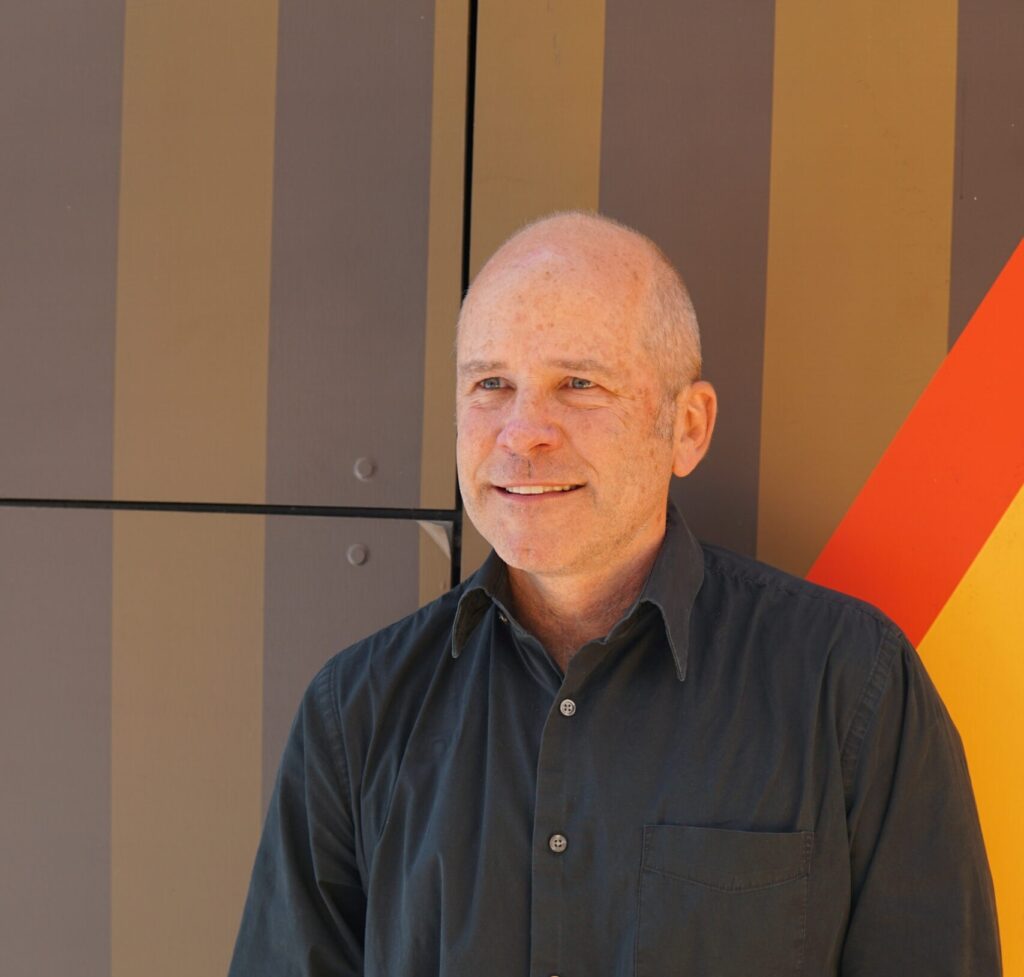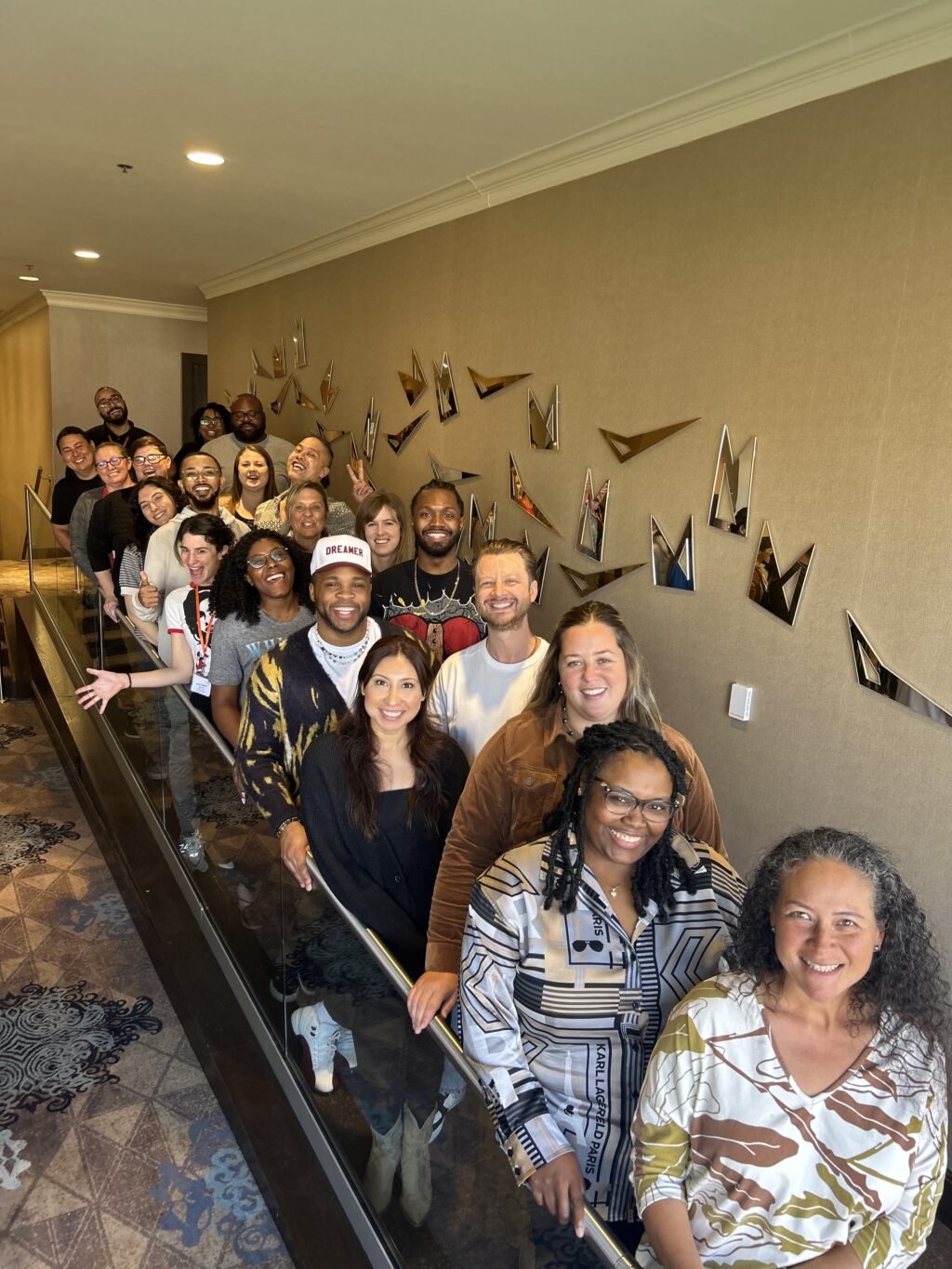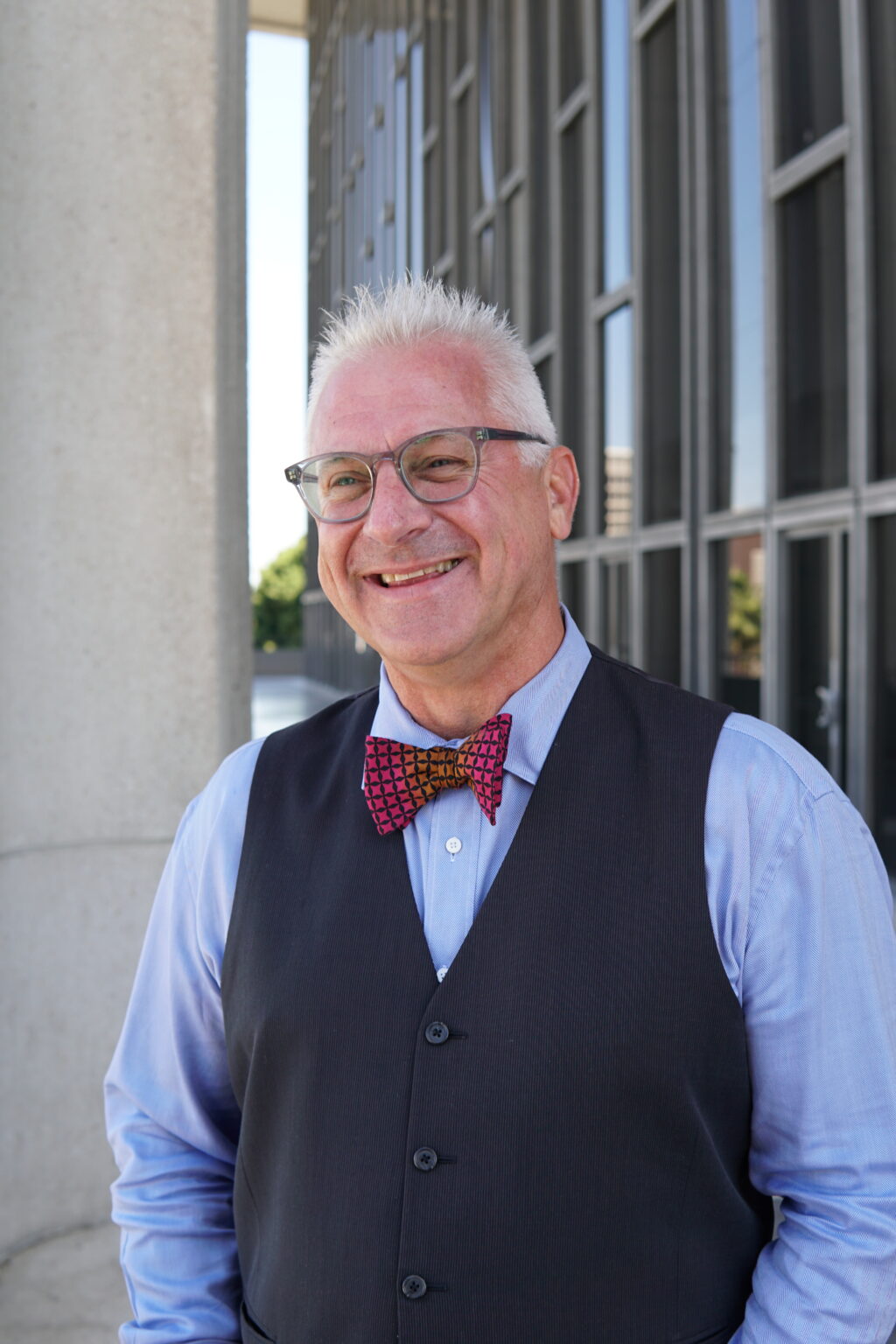IN THIS POST
MBA students spend a lot of time thinking about their next job and career plan. What we can lose sight of in the process are the qualities of a “good job” – one that offers a sense of purpose, security, and community.
This summer, as a Farber Fellow, I swapped one college town – Ann Arbor, Michigan – for another – Missoula, Montana – to work with an employment social enterprise (ESE) called Missoula Works. Missoula Works employs individuals overcoming barriers to employment through one of its three business lines – the Get-It-Done lawncare crew, Sewing Ventures, and temporary-to-permanent jobs. These pathways offer purpose, security, and community – in other words, a “good job.”
Three lessons stand out from my fantastic summer with Missoula Works and REDF:
- ESEs should view data as a key resource for building a successful employment program. My summer project was to refresh how Missoula Works collects data on and tracks outcomes for the individuals it employs. I benchmarked their data management practices with other ESEs and learned that many teams find data collection daunting and are unsure of what data to collect and track. I identified a handful of metrics Missoula Works could start tracking right away with simple tools, like Google Sheets. Over time, these data points – like how long someone stays employed, whether they find housing, and their sense of preparedness for full-time employment – will start to tell a story about the program and help Missoula Works structure its employment pathways, employee supports, and training.
- Social enterprises need flexible capital. Two years ago, Missoula Works created a textile startup, using industrial sewing machines and rolls of fabric left behind by a company that moved overseas. With the help of unrestricted donations, they ramped up production and launched the venture this fall. More ESEs need access to flexible capital so they can take similar risks. Part of my project was to research forms of financing, like lines of credit, low interest loans, and recoverable grants, that are available to small businesses and social enterprises. From the right lender, these financing tools provide affordable capital for scaling or launching a business. Flexible capital enables an ESE like Missoula Works to try – maybe fail – and try again to build employment offerings that meet the needs of their community. Missoula Works Sewing Ventures fills a niche by employing folks for whom lawncare work is not a good fit.
- ESEs and the job seekers they support are both in the business of myth-busting – and they need more advocates like REDF to help dispel misconceptions about the worth of people who have been boxed out of the economy. REDF calculates that the return on an ESE investment is $2.23 for every dollar invested. ESEs deliver these exceptional returns by building on-ramps to jobs that attract and retain overlooked talent. Business leaders can support ESEs by hiring individuals who are overcoming barriers. Financial institutions can make capital accessible and affordable to social enterprises. Finally, business students can pursue careers that help build a more inclusive economy.
As I near the end of the MBA and pursue my own career, I will be reflecting on these lessons and the many paths to meaningful employment that my Farber summer highlighted.



